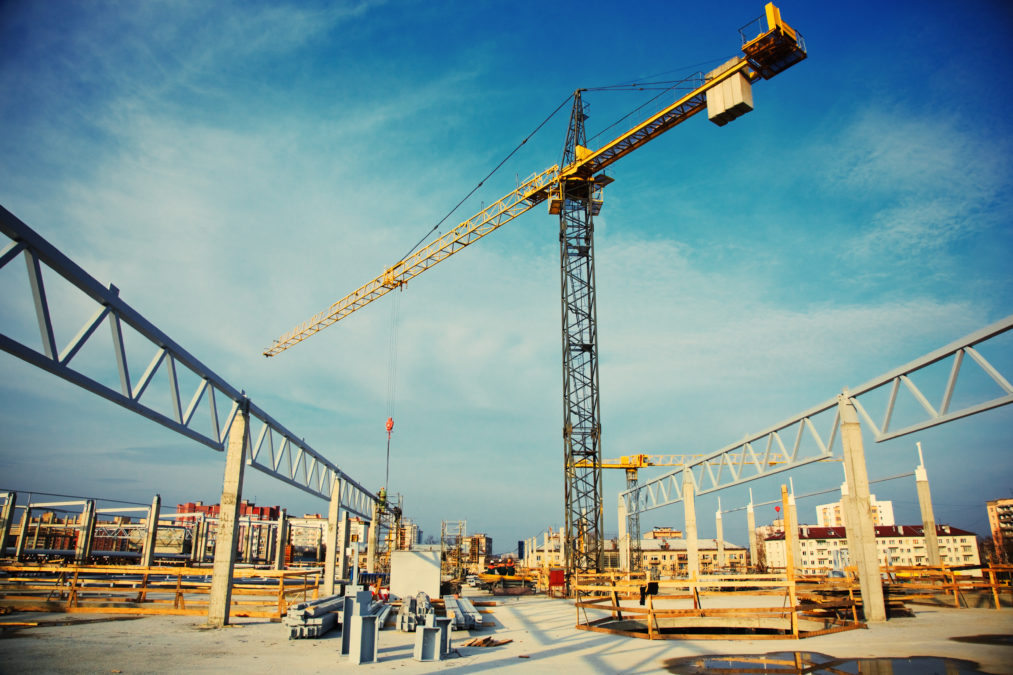The construction industry is, without doubt, a very hands-on and physical profession. It’s understandable then that the sector hasn’t been as quickly changed by the digital age as some other industries. But it looks like the world of construction has become far bolder in its approach and acceptance of technology in the workplace, particularly when it comes to artificial intelligence.
>Read more on The benefits of the IoT in construction
Artificial intelligence, or AI, has impacted a wide range of workplaces and is finally having its moment in the construction sector. From helping to plan projects, to inputting suggestions in the design phase and physically helping on the construction site itself, AI has undoubtedly become a critical part of improving processes in construction.
Construction areas adopting AI
The use of artificial intelligence in the construction industry can be divided into four clear categories: planning, administrative, construction and post-construction. Within these categories, the use of artificial intelligence varies.
Surveying the proposed site, collecting data on the area, identifying any problems, drawing up maps and blueprints — all these processes can, of course, be done by human beings. But the processes can take weeks to complete this way.
Now, artificial intelligence is used through various machinery and building design software to help both survey the site and produce 3D maps and designs in one day.
This stage makes use of autonomous equipment, which, with the use of surroundings-aware AI, can move around without human intervention. The process is not only quicker, but cheaper in the long run in terms of labour costs.
>Read more on Connected construction
The methodology behind construction is also supported by AI input; by using an extensive database of past projects and comparing similar ventures to the current project, machines have the capability of informing the engineers of any potential issues based on past projects, as well as solutions.
An example of this could be for a proposed house construction. The AI can look back on the last 50 years of projects, picking out similar house developments to advise on a methodology. This allows engineers to access evidence and information they may not have had easy viewing to without the use of AI.
On a more physical level, AI can be used in autonomous machinery and robots for tasks such as bricklaying, or operating machinery at dangerous heights while the driver is outside of the vehicle. This helps not only with labour costs and time, but with the health and safety element of the project.
During the construction phase of a project, AI is not only used actively on the site, but behind the scenes in the office and administrative side of things. Software can be used to keep track of tasks and manage elements of the project to keep everything running smoothly. Even smaller tasks can be looked into, such as responding to employee sickness by re-assigning tasks for that day, or reacting to departures or vacancies during the project.
>Read more on How augmented reality will transform travel, healthcare and construction
Once the project has reached its conclusion, artificial intelligence remains in place in the form of integrated features within the structure of the building. The market for this is huge, as 2016 saw $1.5 billion invested in this market in the US.
An example of AI within completed buildings is where the Cosmopolitan Las Vegas hotel has implemented a chatbot named Rose. Rose is available for guests to text, and she’ll give out advice on things to do in the area, places to eat, as well as offering extra benefits at her suggested restaurants or clubs, such as waiving entry fees. She’s even able to play games with the guests.
AI during a structure’s life
AI is used for a building’s lifespan long after the construction workers have left. Information regarding the build, such as managerial decisions on the building’s structure, is stored in building information modelling, or BIM. BIM has been noted as being “one of the most significant technological breakthroughs” for the sector, and it’s easy to see why.
>Read more on How AI can help to create happy employees
Alongside virtual assistants (VAs), the technology has the ability to advise on the building’s history and development, monitor any developing structural problems, and even offer a solution should a problem arise with the structure.
It’s clear that the construction industry, while slow to adopt technology, is finally starting to embrace the digital age more and more. With software and machinery available that can help save time and money, as well as improving safety measures, there’s no doubt that AI in construction will only continue to improve.
Sourced by Professor Peter Debney, application specialist at Oasys Software







